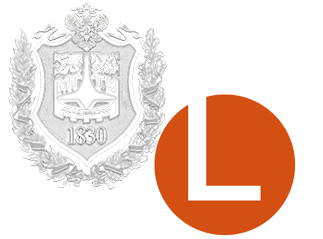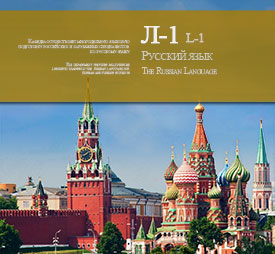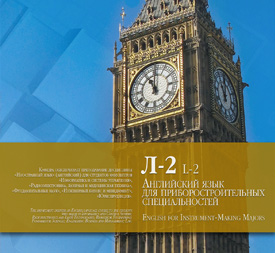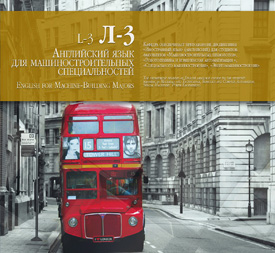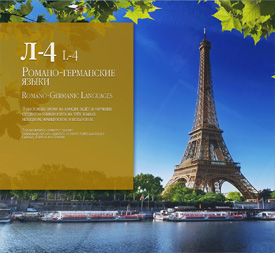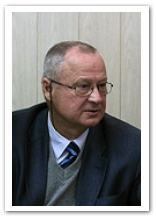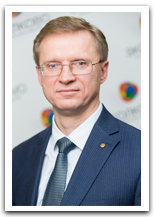 Was born on July 20, 1966 in town Murom (Vladimir region, Russia). Russian physicist, Doctor of Physical and Mathematical Sciences.
Was born on July 20, 1966 in town Murom (Vladimir region, Russia). Russian physicist, Doctor of Physical and Mathematical Sciences.
25 November, 2016. Scientific Workshop on knot theory
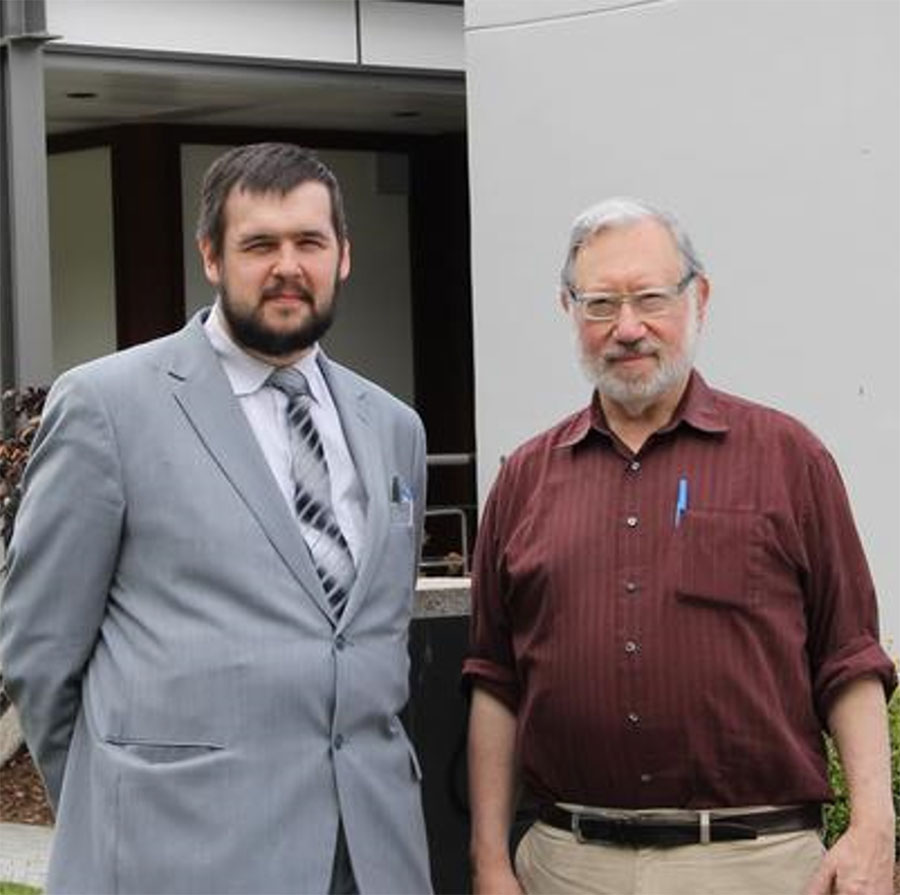 November 25, 2016 Bauman University host a scientific seminar on the theory of knots.
November 25, 2016 Bauman University host a scientific seminar on the theory of knots.
It will take place in Conference Hall (Moscow, Rubtsovskaya nab., 2/18).
16:10 - 17:40 Professor of RAS Vasily O. Manturov will read a lecture on "Modern trends in the theory of knots."
18:00 - 19:30 Professor Louis Hirsch Kauffman (University of Illinois at Chicago) will give a Skype talk entitled «Introduction to Knots, Knotoids and Detecting the UnKnot».
4th Russian-Chinese Conference on Knot Theory and Related Topics - 2017
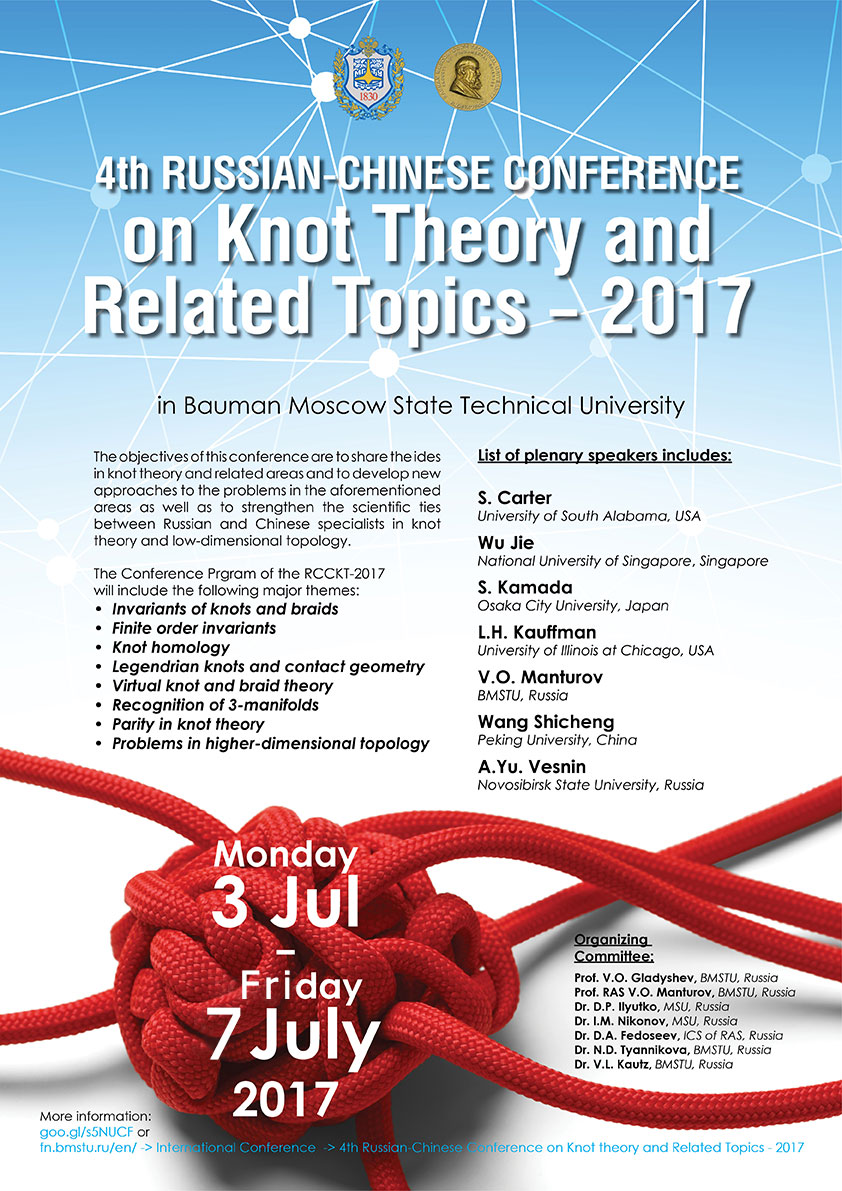
BAUMAN MOSCOW STATE TECHNICAL UNIVERSITY
5, 2-nd Baumanskaya Street, Moscow, 105005 Russia
http://fn.bmstu.ru/coferences-sec-fs
International Conference
4th Russian-Chinese Conference on Knot Theory and Related Topics - 2017
Monday 3 July – Friday 7 July 2017
Physical Interpretations of Relativity Theory - 2017
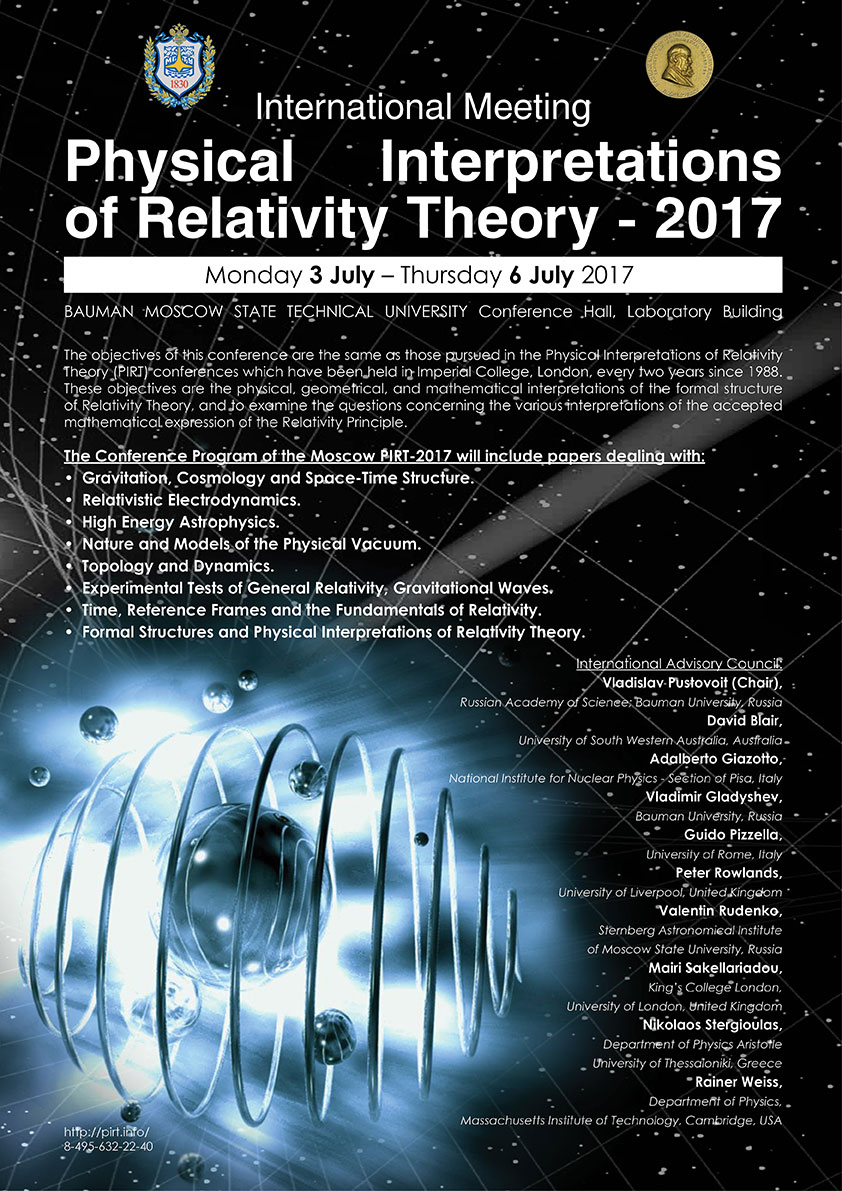
BAUMAN MOSCOW STATE TECHNICAL UNIVERSITY
5, 2-nd Baumanskaya Street, Moscow, 105005 Russia
http://fn.bmstu.ru/en/research-fs-en
http://www.pirt.info/?lang=eng
The State Duma Committee on Education of the Russian Federation;
Department of Physics; University of Liverpool; Great Britain;
University of Sunderland; Great Britain;
Russian Gravitational Society;
Moscow Physical Society;
The International Society on General Relativity & Gravitation;
British Society for the Philosophy of Science;
Calcutta Mathematical Society
July 3, 2017, started its work
XX International Meeting
Physical Interpretations of Relativity Theory- 2017
Monday 3 July – Thursday 6 July 2017
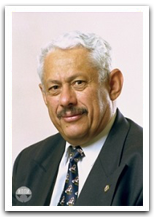 Was born November 15, 1936 in the town of Berdyansk (Dnipropetrovsk region, Ukrainian SSR - now the Zaporozhye region, Ukraine). Russian scientist in Physics, Member of Russian Academy of Science, Professor.
Was born November 15, 1936 in the town of Berdyansk (Dnipropetrovsk region, Ukrainian SSR - now the Zaporozhye region, Ukraine). Russian scientist in Physics, Member of Russian Academy of Science, Professor.
The laboratory is specializing in theoretical and experimental study into establishing the gravitational wave source and receiver. We develop new methods for registration of gravitational radiation and perform mathematical modeling of multiple-beam Fabry-Perot, Mach-Zehnder, Michelson interferometers with mirrors on free weights.
The major areas of research include gravitation and cosmology, relativistic electrodynamics, multiple-beam interferometry, spectroscopy, nanotechnology, cryogenic and vacuum technology.
Gravitational Wave Research Laboratory carries out theoretical and experimental research in several departments of the University (at Physics Department, at Photonics Center, at Center for Nanotechnology, at Space Center Bauman University).
The laboratory has centered on theoretical and experimental study of non-linear processes of interaction between electromagnetic radiation and moving media and its connection to the reason, which gives rise to anisotropy of relict microwave radiation. The connection can appear in some experiments of optics of moving media which can change orientation in 3D space.
Investigation results in the field of moving media electrodynamics are presented. The results are connected with problems of interferometric detection of gravitational waves, first attempts of optical detection of anisotropy for space-time continuum and up to the idea of creating a time machine in the anisotropic space.
The laboratory is the organizer of the International Meeting «Physical Interpretations of Relativity Theory»
Website lab: http://www.space-lab.ru
The Remote Sensing Laboratory was established in 1981. The main focus of its work was the research in the field of receiving microwave images for various objects on a background of the surface with the help of mm wave radiometers.
Some years ago the laboratory began a series of studies on applying a subsurface radar in recording the images of objects located at the shallow depth in building constructions and other opaque media. As a result of the research, the method of continuous wave multi-frequency sensing for the condensed medium was developed.
On the basis of the developed method we designed a holographic subsurface radar RASCAN and put it into production. It is intended for sensing the building designs with high resolution. A group of the laboratory researchers, who developed the RASCAN radar, are Russian Federation Government prizewinners in the field of science and technology. The RASCAN radar has found its place in the market of Russia and abroad.
Website lab: www.rslab.ru/english/
More...
Конференция "Студенческая научная весна"
Кафедра Л3 приглашает всех желающих поприсутствовать на
конференции "Студенческая научная весна"
Тема: "Аддитивные технологии"
Конференция будет проводиться в ауд. 222Л
29 апреля в 13.50
Язык конференции: английский.
3rd and final tour of the National Students Contest in English for Engineering Universities
Written by Administrator
The 3rd and final tour of the National Students Contest in English for Engineering Universities took place in the BMSTU over the course of three days, March 16th to March 18th. The Linguistics Department had handled a vital aspect of the preparatory work, putting together all the tasks for the contestants. Over 60 students from all over the country came to take part in the competition. Our university was represented by a party of three (pictured above in the company of V.N.Shevchun, one of the contest administrators), which included Anastasia Skripacheva, a student of the Linguistics Department. We would like to congratulate our team who collectively scored first among others! Keep up the good work.
Follow the link to see an official announcement (in Russian) and a small selection of photos from the event: http://www.bmstu.ru/mstu/news/?newsid=3286


